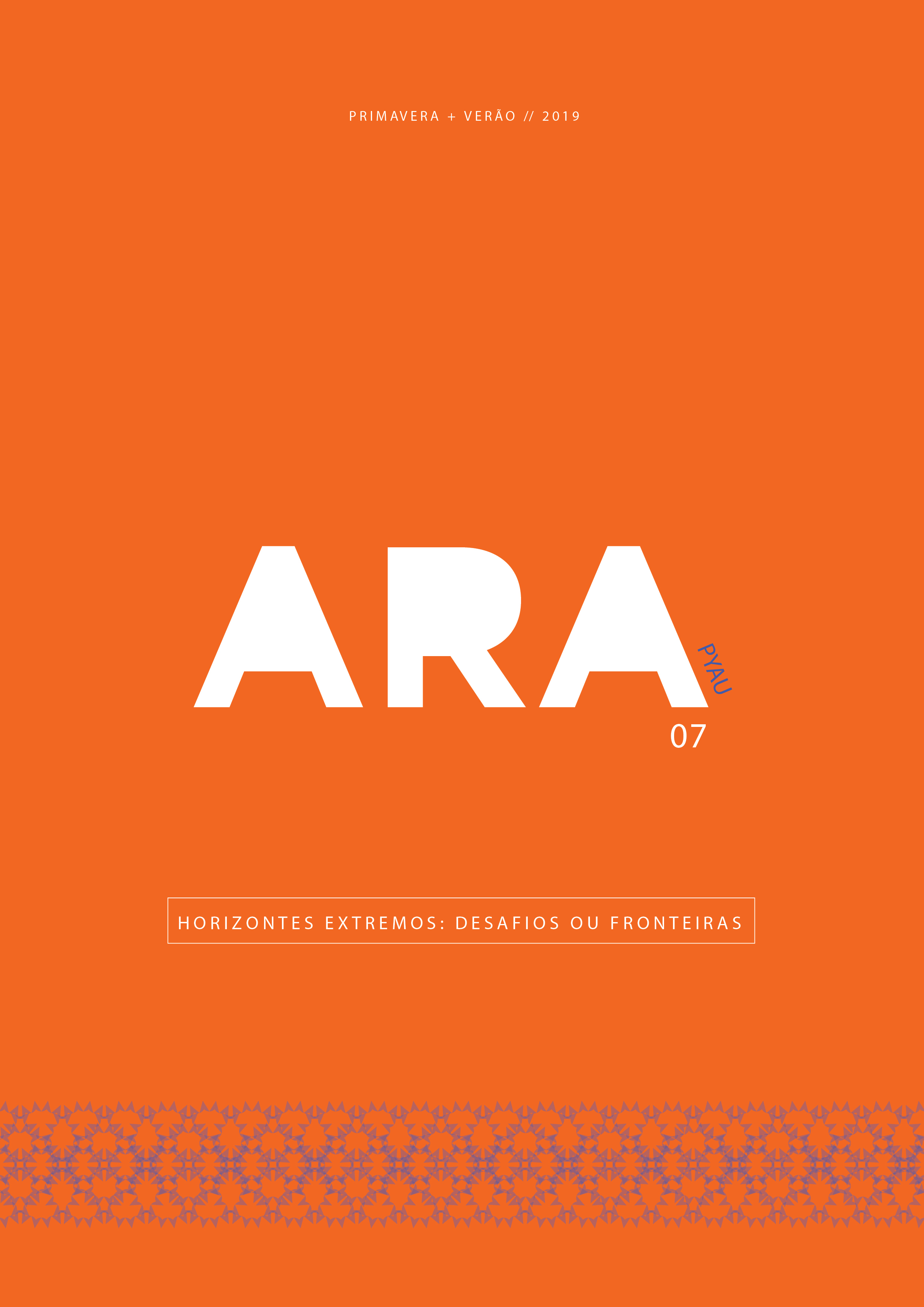Besides the architecture and the city, the unique place
DOI:
https://doi.org/10.11606/issn.2525-8354.v7i7p173-191Keywords:
Architecture, City, Phenomelogy, Atmosphere, Peter Zumthor, Martin Heidegger, Chritian Norberg-schulzAbstract
The present text is an appreciation of the problematization of the relationship between man and space as a tool for the construction of a unique experimentation that gives us a sense of belonging, of transformation from what was originally a strange space, now a place of greater empathy and identity. For this, concepts of phenomenology based on the essays of Martin Heidegger, Christian Norberg-Schulz and Gernot Böhme will be used. For these philosophers, the experimentation of space is mediated by the body consciousness obtained from our encounter with things - tectonics, materials, topography, typology, and the local population. At this point, we emphasize the prioritization of experience and the feeling of being in a unique place that incorporates the genius loci (the spirit of the place). To this key is added the reflection related to the psychic apprehension of the architectural and urbanistic project from the concept of atmosphere, understood here from the reflections of the German philosopher Gernot Böhme - in explicit reference to Heidegger - as a space in tune with a whole. of undefined and spatially distributed elements. This occurs through the correlation between an emitting presence and the physical perception of the subject. Add to this narrative, the analysis of the design of the archaeological site Shelters for Roman, by Swiss architect Peter Zumthor, to find several of the themes addressed by these philosophers and the architect himself. For reflection, whenever we dwell on the theme of architecture, we will also, albeit indirectly, address the cities.
Downloads
References
Böhme, Gernot. Atmosphäre. Frankfurt: Suhrkamp; 1995.
Böhme, Gernot. Encountering Atmospheres. A Reflection on the Concept of Atmosphere in the Work of Juhani Pallasmaa and Peter Zumthor. In: OASE#91, Journal for Architects, v. 93; 2014.
Debord, Guy. A Sociedade do Espetáculo. Lisboa: Mobilis in Mobile; 1997. Fischer, Ole. Atmospheres, Architectural Spaces between Critical. In: Field journal, v. 01; 2007.
Jameson, Fredric. Pós-modernismo: a lógica cultural do capitalismo tardio. São Paulo: Ática; 1998.
Heidegger, Martin. Ser e tempo. São Paulo: Vozes; 2014.
Heidegger, Martin. A origem da obra de arte. Lisboa: Edições 70; 1990.
Lipovetsky, Gilles; Serroy, Jean. A Estetização do mundo - viver na era do Capitalismo Artista. São Paulo: Companhia das Letras; 2014.
Nesbitt, Kate (org.). Uma nova agenda para a arquitetura: antologia teórica, 1965-1995. São Paulo: Cosac Naify; 2008.
Norberg-Schulz, Christian. Existence, Space and Architecture. Londres: Cox and Wyman; 1972.
Pallasmaa, Juhani; Alvarado, Rodrigo G. Tocando el Mundo: espacio vivencial, visión y hapticidade. In: Architecturas del Sul v. 27 n. 36. Concepción; 2009.
Zevi, Bruno. Saber Ver a Arquitetura. São Paulo: Martins Fontes; 2000.
Zevi, Bruno. História da Arquitetura Moderna, vol II. Lisboa: Arcadia; 1978.
Zumthor, Peter. Atmosferas: entornos arquitectonivos-as coisas a mi alrededor. Barcelona: Gustavo Gili; 2006.
Zumthor, Peter. Presence in Architecture, Seven Personal Observations. In: Tel Aviv University; 2013.
Zumthor, Peter; Durisch, Thomas; Keusch, Beat. Peter Zumthor Therme Vals.Zurique: Verlag Scheidegger; 2014.
Downloads
Published
Issue
Section
License
Autores que publicam nesta revista concordam com os seguintes termos:
- Os autores mantêm os direitos autorais e concedem à revista o direito de primeira publicação, com o trabalho simultaneamente licenciado sob a Licença CreativeCommonsAttribution CC-BY que permite o compartilhamento do trabalho com reconhecimento da autoria e publicação inicial nesta revista.
- Os autores têm autorização para assumir contratos adicionais separadamente, para distribuição não exclusiva da versão do trabalho publicada nesta revista (ex.: publicar em repositório institucional ou como capítulo de livro), com reconhecimento de autoria e publicação inicial nesta revista.
- Os autores têm permissão e são estimulados a publicar e distribuir seu trabalho on-line (ex.: em repositórios institucionais ou na sua página pessoal) a qualquer ponto antes ou durante o processo editorial, já que isso pode gerar alterações produtivas, bem como aumentar o impacto e a citação do trabalho publicado (Veja O Efeito do Acesso Livre).


